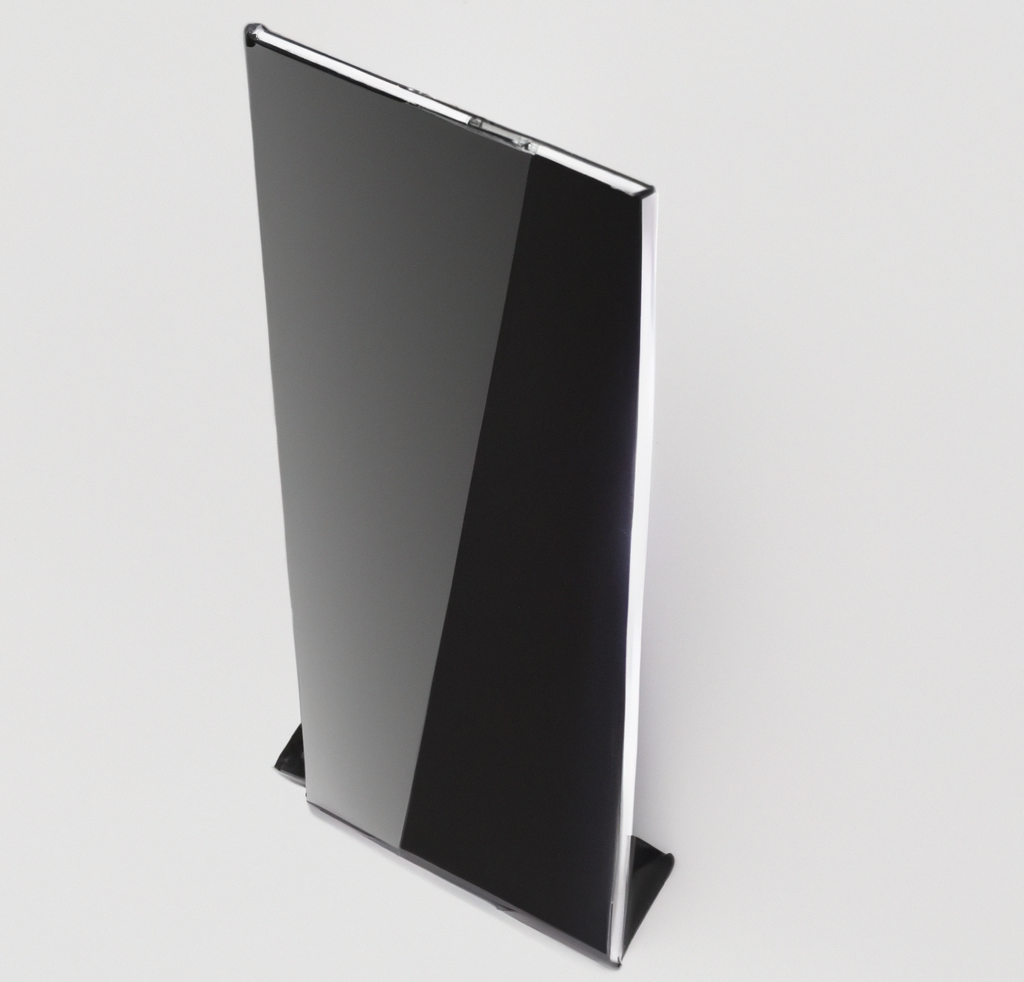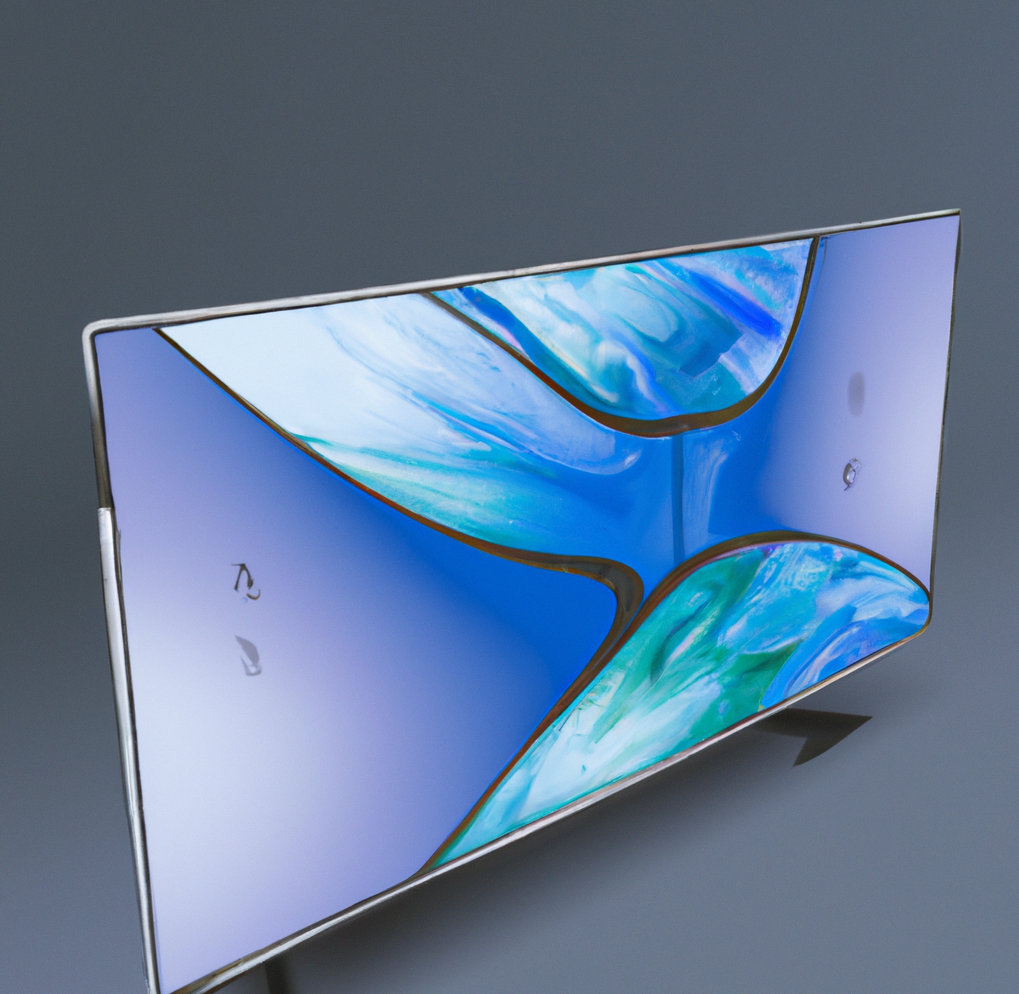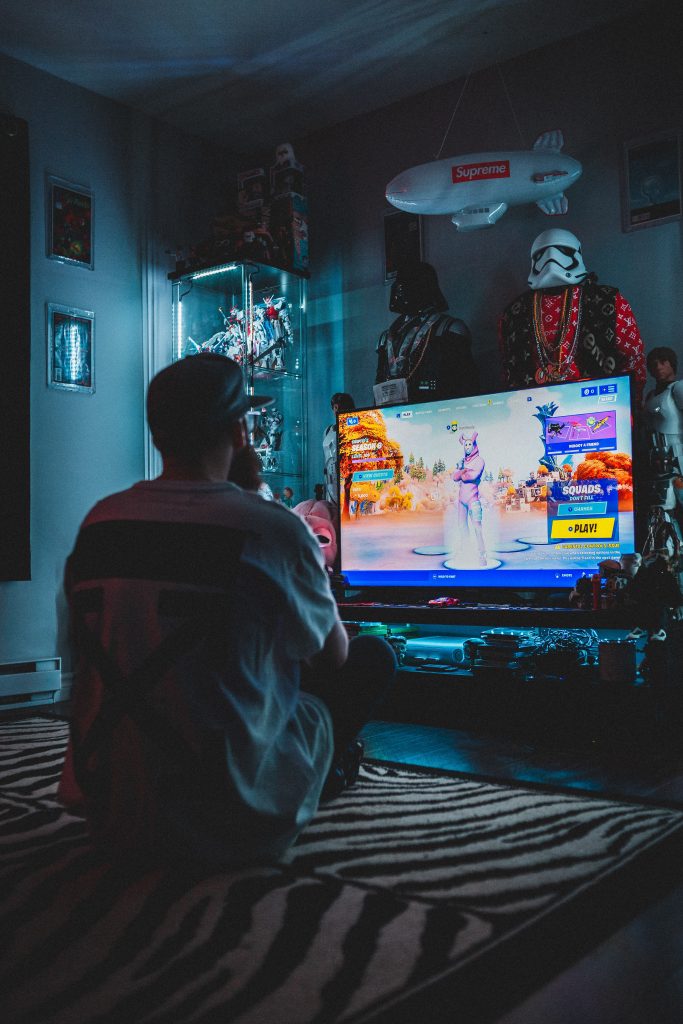- Introduction and explanation of OLEDs
- How do OLEDs work?
- Why Oled is better than LCD
- Why LCD is better than Oled
- Is Oled better or worse than other monitor options for your eyes?
- OLED vs. QLED: which is the best TV technology?
- What are the benefits of OLEDs?
- Are there any risks associated with OLEDs?
- Conclusion
Introduction and explanation of OLEDs
OLED is a type of display technology that stands for “organic light emitting diode.” OLEDs are made of a thin, lightweight film that contains an organic compound that emits light. The advantage of OLED over traditional LCD technology is that OLEDs do not require a backlight, which makes them more energy efficient and thinner. OLEDs are also more flexible than LCDs, so that they can be used in curved displays. This has led to a huge range of options when it comes to the types of backlights your tv can have, which each present their own pros and cons.
The disadvantages of OLEDs include that they are more expensive to produce than LCDs and their shorter lifespan. OLEDs are not as bright as LCDs, and their color accuracy isn’t as good. However, many experts believe that the advantages of OLED outweigh the disadvantages. Keep reading if you want more information about OLED, as it might help you pick the perfect tv or monitor for your needs.
How do OLEDs work?
OLED display technology is used in televisions, computers, mobile phones, and other electronic devices. OLEDs are made from a thin layer of organic materials sandwiched between two conductors. When an electric current is applied to the OLED, it emits light.
OLEDs are more energy-efficient than traditional LCDs because they don’t require a backlight, and this makes them thinner and lighter than LCDs. OLEDs also have a faster response time, which means they can show moving images without blurring.
There are some drawbacks to OLED technology. For example, OLEDs can suffer from image retention and screen burn-in if the same image is displayed on the screen for too long. But overall, OLED is a promising display technology that offers many advantages over LCDs. LCDs and OLEDs can be used in computers, TVs, smartphones, and other devices. Both display technologies have their pros and cons. Many people are wondering which display technology will win the battle for dominance. We may not have to wait long to find out.
Why Oled is better than LCD
OLED screens have several advantages over LCD screens. One advantage is that OLED screens emit light, so they don’t require a backlight. This means that OLED screens can be thinner and lighter than LCDs.
Another advantage of OLEDs is that they have a higher contrast ratio than LCDs, producing more vibrant colors and deeper blacks. OLED screens also have better viewing angles than LCDs.
Finally, OLEDs are more energy-efficient than LCDs. OLEDs only use power when emitting light, whereas LCDs use energy even when displaying a black image.
Why LCD is better than Oled
LCDs have been used in various electronic devices for years, and OLEDs in some applications are now replacing them. However, LCDs still offer some advantages over OLEDs.
LCDs use less power than OLEDs, which is essential in battery-powered devices. They also have a faster response time, which is important for gaming and other applications requiring a quick response time.
LCDs also tend to be less expensive than OLEDs. This is because LCDs are made using existing technology, while OLEDs are a newer technology that is not yet as widely available.
Is Oled better or worse than other monitor options for your eyes?
Is OLED better for eyes? The short answer is yes. Here’s why:
OLED (organic light-emitting diode) technology creates images by placing organic materials between two conductors. This process emits light when electricity is applied, which means that each pixel can be turned on or off independently. This results in deeper black levels, higher contrast ratios, and a wider color gamut than traditional LCD screens. We find that the richness of OLEDs coupled with a nice back lighting led product, like the one we found when we did our Govee backlight review, provided an amazingly immersive experience when watching movies.

In addition to the benefits of OLED technology, there are several other reasons why OLED is better for your eyes. For one, OLED screens emit very little blue light, which has been linked to eye fatigue and sleep disorders. And because each pixel on an OLED screen can be turned off completely, you don’t have to worry about screen flickering, which can also cause eye strain.
OLED vs. QLED: which is the best TV technology?
As OLED and QLED TVs continue to hit the market, it’s essential to know the difference between the two technologies before making a purchase. Here’s a quick rundown of OLED and QLED TVs and which one might be the best option for you.
OLED, or organic light-emitting diode, TVs are made with thin sheets of organic materials that emit light when exposed to an electric current. This results in intense black levels and vibrant colors that pop on the screen. OLED TVs also have excellent viewing angles, so you’ll see the picture clearly no matter where you’re sitting in the room.
QLED, or quantum dot LED, TVs use tiny crystals to produce color on the screen. This results in a bright picture with excellent color accuracy.
What are the benefits of OLEDs?
OLEDs, organic light-emitting diodes, display technology in televisions, computer monitors, and mobile devices. OLEDs offer many benefits over traditional LCDs, including higher contrast ratios, faster response times, and improved power efficiency.
One of the main benefits of OLED technology is its higher contrast ratio. The contrast ratio measures how bright a display can get while still providing an accurate representation of colors. OLED displays can achieve much higher contrast ratios than LCDs, making them ideal for use in high-end TVs and gaming monitors.
Another advantage of OLEDs is their faster response time. Response time measures a pixel’s ability to change from one color to another. OLED pixels can change colors much faster than LCD pixels, resulting in smoother video playback and reduced motion blur.
Are there any risks associated with OLEDs?
OLED screens are becoming increasingly popular, but are they better for our eyes? Some experts say that there are risks associated with OLEDs that could impact our vision in the long run.
Dr. David Geier, an optometrist and director of clinical research at Georgia Regents University says that because OLEDs emit blue light, they could potentially cause macular degeneration over time. “Macular degeneration is the leading cause of blindness in adults over age 55,” says Geier. “The risk is greatest for those who spend more than three hours a day looking at digital screens.”
Geier recommends that people limit their screen time to two hours or less per day and take breaks every 20 minutes to give their eyes a rest. He also suggests using blue-light-blocking glasses when using screens.
Conclusion
OLED is a display technology used in televisions and smartphones which has become more and more popular as the price has come down. Before, it was super expensive and might not have been worth the price difference, but now it is getting closer ( and sometimes even cheaper) than competing technologies.
There has been concern that OLED screens may harm the eyes, but a new study suggests they may be beneficial.
The study found that OLED screens emit less blue light than LCD screens, which can help reduce eye fatigue.
OLED screens also have a higher contrast ratio than LCD screens, which means that they can produce more vibrant colors. The study concluded that OLED screens are better for the eyes and provide a better viewing experience overall.
And as always, with paying homage to our history, if you want to do a diy led tv backlight, make sure you check out the OG with the Amblone guide we put together.












